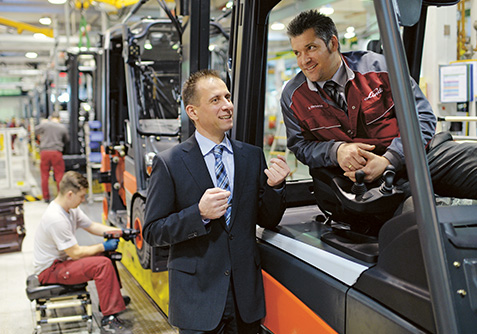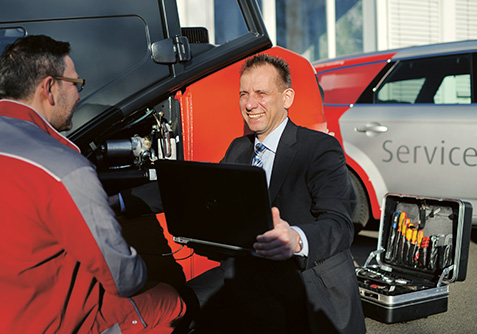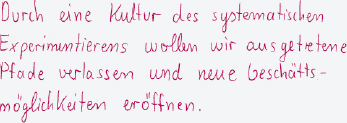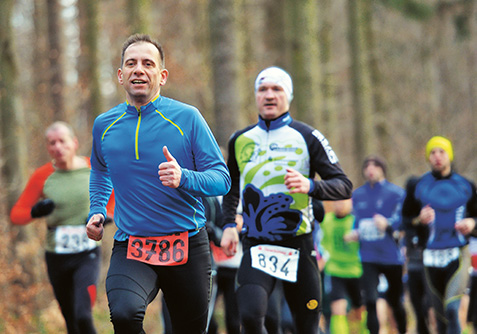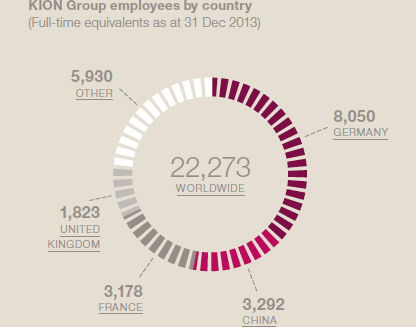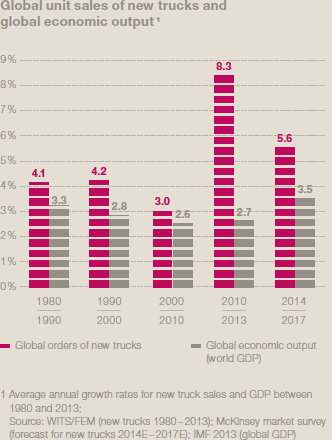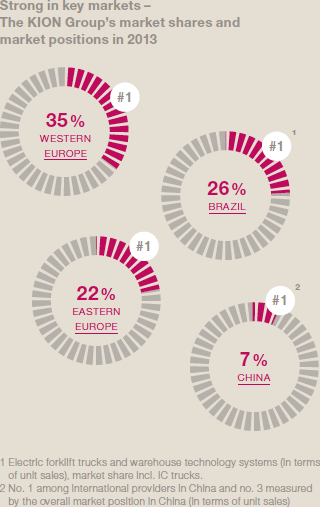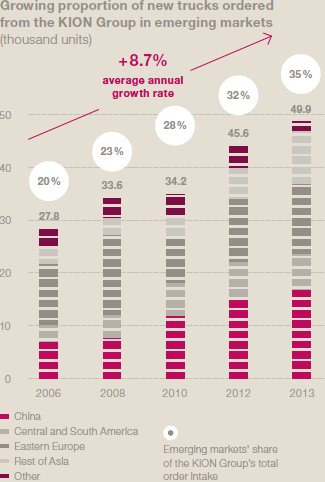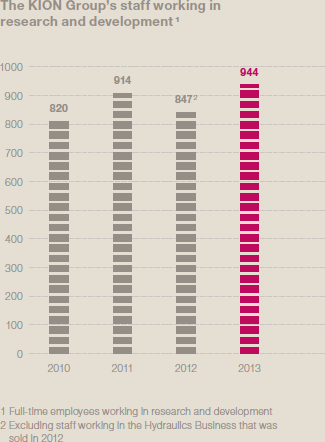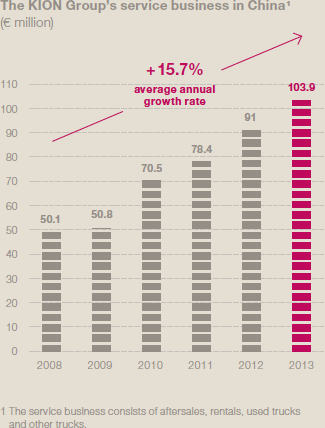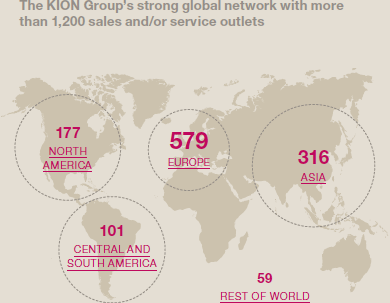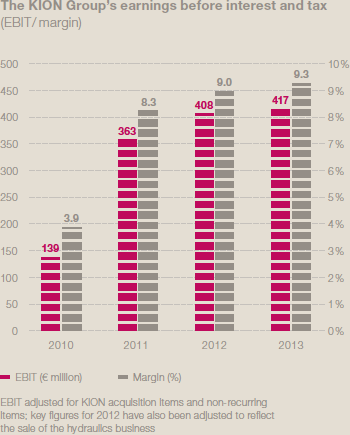Innovation.
Andreas Kistner doesn’t do well-trodden paths. In search of the next brilliant idea, he and his team love nothing more than going off the beaten track. Their goal: ensuring tomorrow is as successful as today.
Mr Kistner, as a runner you usually know the route to the finishing line before you set off – which must be quite different from your job as Head of Innovation Management?
At the end of the working day, I actually look forward to well maintained, well lit running tracks. At work things are different: I look for new ways of doing things and I like challenges. Even as a child I enjoyed trying things out when playing with Lego, and this passion has never left me. I basically grew up in the garage where I tinkered about with motorbikes. I got on a motorbike for the first time when I was eight, and I entered my first competition a year later. Now, I’m still involved in international motocross competitions as a scrutineer who carries out technical inspections of the motorcycles in use.
When you’re running you’re on your own. Are you also alone in your role as innovation manager?
Not at all. We work in cross-functional teams. Our areas of expertise are wide ranging and include sales, service, marketing, research & development and production. That’s extremely important, because we need to keep our eye on many areas, such as megatrends, new technologies, different customer groups and potential new customers, markets, competitors, our company, resources and, consequently, the environment. We give our employees the scope to think about the future, which is where our company’s success will lie. It is particularly important for our staff to be creative, passionate and daring, for them to work hard on their innovations, to think like business people and to be prepared to break completely new ground.
What makes changes into innovations?
Innovations are products, processes and business models that inspire customers, who are only prepared to spend money on genuine added value, which ultimately is what makes innovation – financially – successful. As well as improvements to products, which are often minor, it can also include new products, service optimisations, profitable payment models or new logistics management processes.
In terms of efficiency, Linde trucks are already the best – where do you plan to go next?
Resting on our laurels would not be good enough for us, and it’s also risky. Our ambition is to steadily produce innovations that result in progress for Linde Material Handling and our customers. The fundamentals for this are structured procedures and the use of appropriate methods. Most innovations then arise from experimentation, intensive teamwork and numerous iterations. Our intention in creating a culture of systematic experimentation is to get off the beaten track and open up new business opportunities.
How does that work in practice?
Today, we don’t know where we will be in 15 or 20 years’ time, or – in other words – what the world and our customers will be like then. Obviously, many factors will change and the speed of these changes will become ever greater as the world becomes even more complex. How will logistics systems and the flow of goods change? Will our customers still buy equipment in 15 year’s time, or will there be completely different payment models? It is important to analyse all these factors on an ongoing basis and to evaluate current and potential business opportunities with the upside and downside in mind – and then to take action at the right time.
